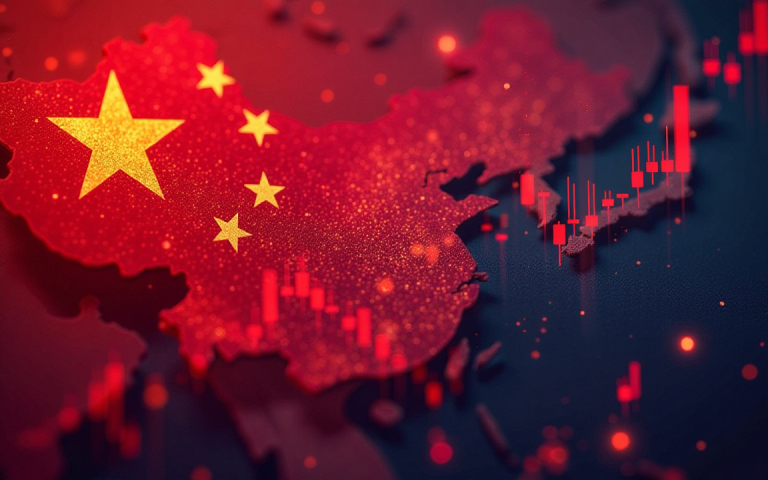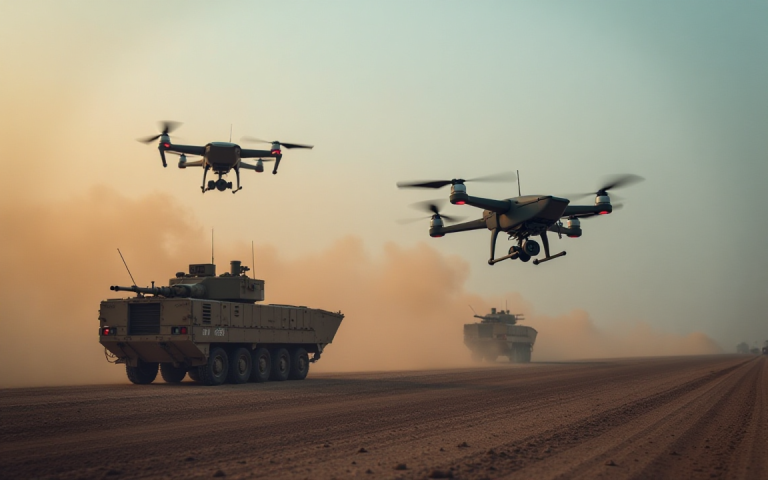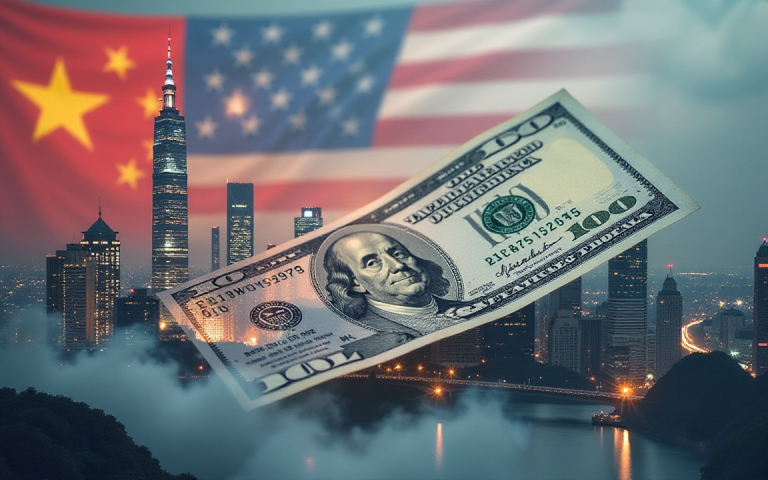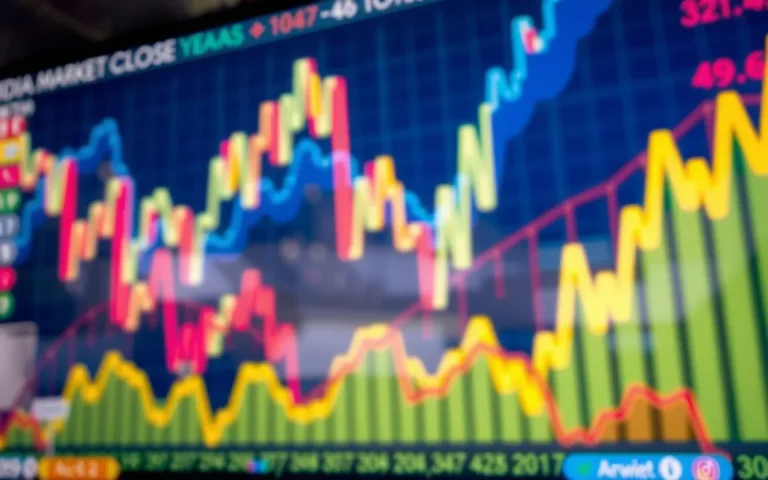Industrial metals, including copper and iron ore, saw positive price movements following an agreement between the US and China to temporarily reduce tariffs on each other’s imports.
Following a US-China agreement to temporarily reduce tariffs, copper prices increased by approximately 1% and aluminium prices rose by almost 3% in Monday afternoon trading.
On Tuesday, copper was still up 0.2%, while aluminium was also 0.2% higher from Monday’s close.
Gold prices, however, decreased by over 2% on Monday. However, prices were up nearly 1% on Tuesday.
The US will lower tariffs on most Chinese imports from 145% to 30%, and China will reduce duties on US goods from 125% to 10% for a period of 90 days.
Easing trade tensions
Following discussions, US Treasury Secretary Scott Bessent stated that neither the US nor the other nation involved desired economic decoupling.
Ewa Manthey, commodities strategist at ING Group, said:
This marks a substantial cooling of trade tensions between the US and China; however, questions remain for markets as to what the end game will be, as the measure will be operational for 90 days, and what the eventual level of tariffs will be.
Tariffs are returning to pre-Liberation Day levels, a better-than-anticipated de-escalation represented by these new rates.
Market participants largely anticipated a de-escalation of tariffs to approximately 50-60%, similar to levels after ‘Liberation Day’. This would have resulted in a less significant increase in Chinese exports, according to analysts at ING Group.
“Although the de-escalation of the trade war benefits both economies, the agreement, which significantly lowers tariffs without any concessions, is likely to be viewed as a particular victory for China,” the analysts added.
Bessent considers it unlikely that reciprocal tariffs on China will fall below 10%, while the 34% level set by the US President Donald Trump on April 2 would likely be the maximum.
Volatility in metals
Since Trump’s inauguration, metal trading has experienced significant volatility, largely due to presidential statements and tariff uncertainties.
Slowing growth and persistent inflation suggest that tariffs will negatively impact copper and other industrial metals.
Copper experienced its most significant downturn since mid-2022 in April.
This decline coincided with emerging indications of trade negatively impacting economies.
Specifically, the US economy contracted in the first quarter, and China’s manufacturing sector saw its largest contraction in factory activity since December 2023.
Economic outlook
ING analysts said:
In our view, the reduction of tariffs on China back to 30% is a sufficient enough reduction to allow for a more or less return of normal trade – at this level, we suspect exporters, importers, and consumers will share in absorbing the impact of the tariffs, and overall business will likely resume.
The 90-day ceasefire is expected to improve China’s growth outlook for the second and third quarters.
A sharp rebound in China’s exports to the US is likely in May and June as US importers with low inventories resume purchases to capitalise on the ceasefire.
Depending on the progress of negotiations, another surge in exports could occur in July and August, particularly if the prospects of a long-term agreement remain uncertain towards the end of the 90-day period.
ING analysts have reverted their China growth forecast for the year back to 4.7%, with further upside possible if a bilateral agreement is reached within the 90-day period.
Cautiousness remain
“Despite the optimism, there are reasons to remain cautious; the US-China talks are only just beginning and there still remains plenty of uncertainty,” Manthey said.
Monday’s tariff announcements, though less severe than anticipated, remain substantial.
While the impact on global trade growth might be less than previous market expectations, raw material consumption could still be negatively affected.
Additionally, the strengthening US dollar presents a potential headwind for metals prices.
A sustained rally in the dollar typically makes dollar-denominated commodities, such as many base and precious metals, more expensive for buyers using other currencies.
The magnitude of this impact will depend on the strength and duration of the dollar’s appreciation, as well as other fundamental factors influencing supply and demand in the respective metals markets.
Manthey said:
With uncertainty still high, volatility is likely to remain elevated across commodities markets.
The post Temporary tariff truce between US-China lifts industrial metal prices appeared first on Invezz










